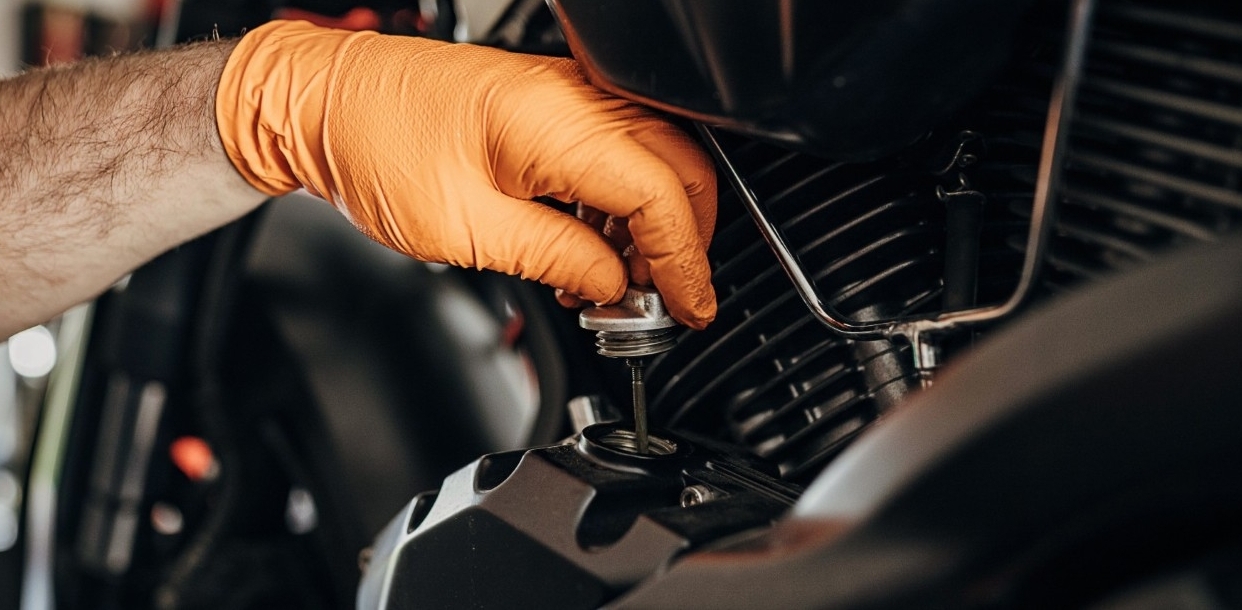The importance of the lubricant in automatic gearboxes

In the last few years, vehicles with automatic transmission have been gaining more and more market share thanks to their convenience, gradually displacing traditional manual transmissions. But in order to maintain the performance and ensure the longevity of their engines, it is essential to pay attention to the lubricant they use.
Automatic transmission lubricant, commonly known as automatic transmission fluid (ATF), plays a vital role in the functioning of the engine. Its main function is to reduce friction between the moving parts, preventing premature wear of the internal components, but it also performs other essential functions:
Lubricants according to the type of gearbox
The first thing you have to bear in mind is your vehicle's automatic gearbox type, since its maintenance varies in each case.
Piloted or automated manual gearboxes
Piloted gearboxes are those that have been adapted to be automated, which is why they are also known as automated manual gearboxes. In this case, they are equipped with electronic actuators that take care of both gear changes and the clutch.
For this reason, the recommended maintenance is practically the same as that of manual gearboxes. This means that the oil must only be changed in the event of a breakdown. In some cases, system automation may demand extra products for lubrication, so consult the manufacturer's manual to clear up any doubts.
Dual-clutch gearboxes
Dual-clutch transmission (DCT) gearboxes are characterized by having a shaft for even gears and another for odd gears. However, this type of transmission can have several designs, on which maintenance depends.
Dry clutches
Dry clutches use a similar lubricant to that of the gears in manual or automated gearboxes. Although these gears are not immersed in oil, they do carry about two liters of lubricant which, under normal conditions, does not need to be changed.
Wet clutches
Wet clutches can have one or two reservoirs. In the first case, they have to use a single lubricant that must meet the specifications for both the gearbox and the clutches. In this case, the oil needs replaced according to the manufacturer's instructions, which are generally in the range of 40,000 to 80,000 kilometers traveled.
If the clutch is wet and has two reservoirs, the functioning is somewhat more complex. One of these tanks serves to lubricate the clutches, while the other takes care of the gears. Therefore, two types of different lubricants are used and which don't need to be replaced, as long as there isn't a breakdown.
Continuously variable transmission gearboxes
Continuously variable transmission (CVT) gearboxes are characterized by the use of two pulleys connected by a belt or chain. Thus, the friction properties of this lubricant are strict, as it has to ensure a very specific type of transmission.
In this case, oil changes are necessary, but with intervals that vary according to the model and manufacturer. Generally, it is usually between 60,000 and 150,000 kilometers traveled.
Torque converter automatic gearboxes
These are the most widespread automatic gearboxes and, therefore, the best known. These incorporate a torque converter full of oil and a gearbox with epicyclic gears, which involves changing gears through hydraulic systems. This involves the use of clutches and brakes to adjust the transmission and gears.
Torque converter automatic gearboxes usually use lubricants that meet the Dexron standard and, again, need replaced. In this case, every 30,000 and 150,000 kilometers traveled, according to the manufacturer's recommendations, which sometimes indicates a specific product for the vehicle.
Which automatic transmission lubricant to choose
If after this article you have any doubts about which oil you need for your automatic transmission vehicle, we recommend you visit our portal.
There you'll find a search engine that allows you to find the products you need by just typing the model or license plate number. And, lastly, remember: the manufacturer's manual is the best ally for the right maintenance of your vehicle.
Related contents



